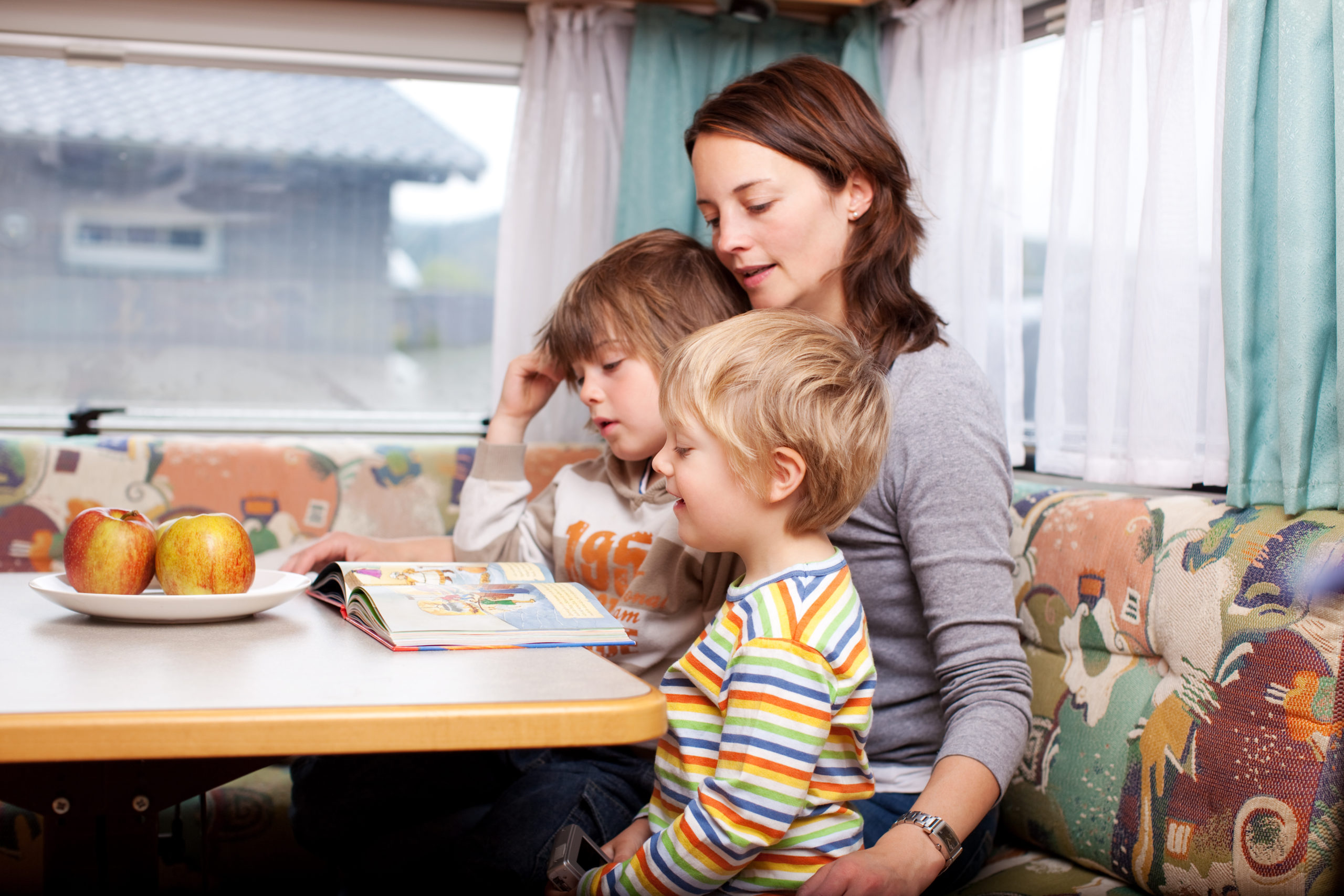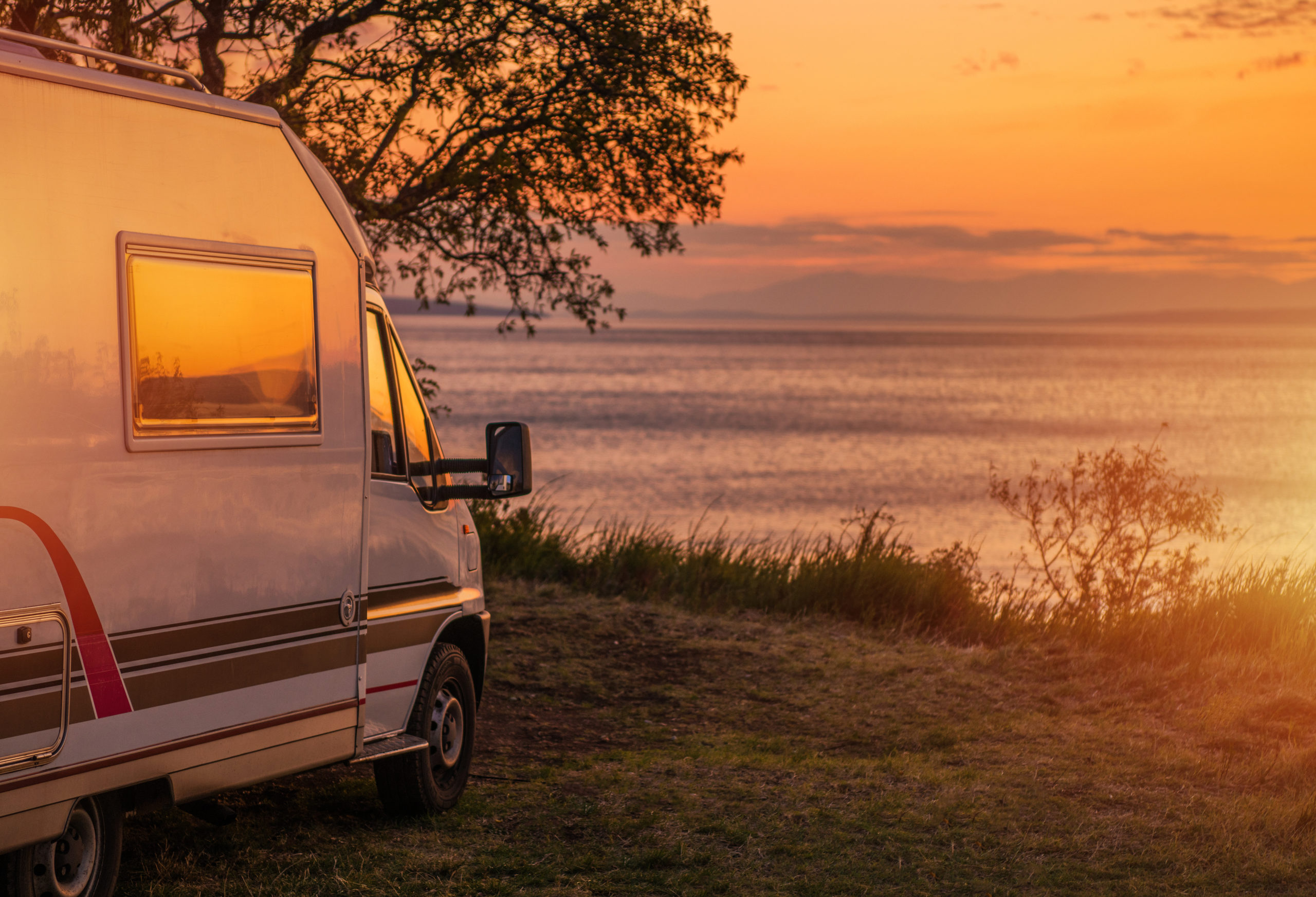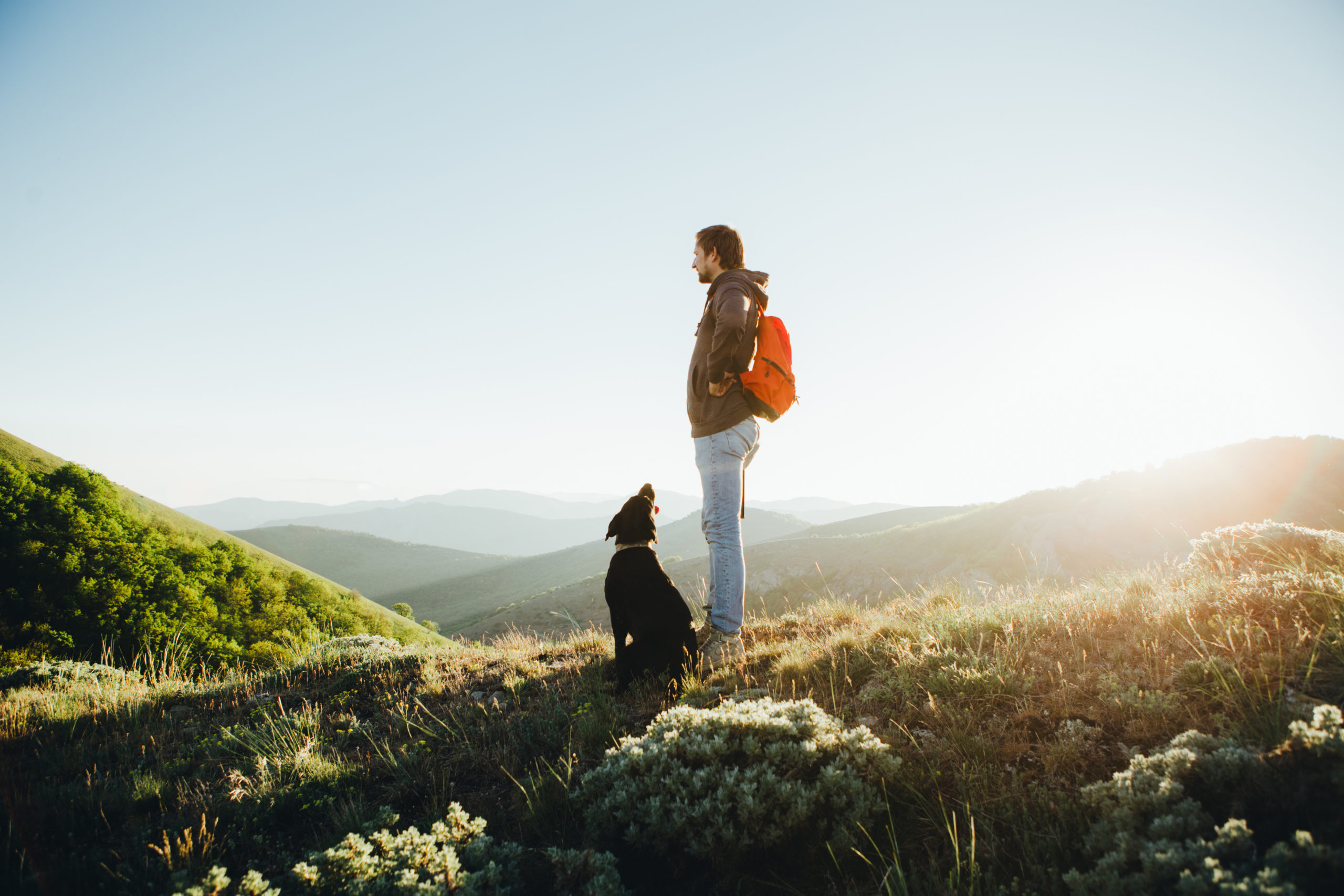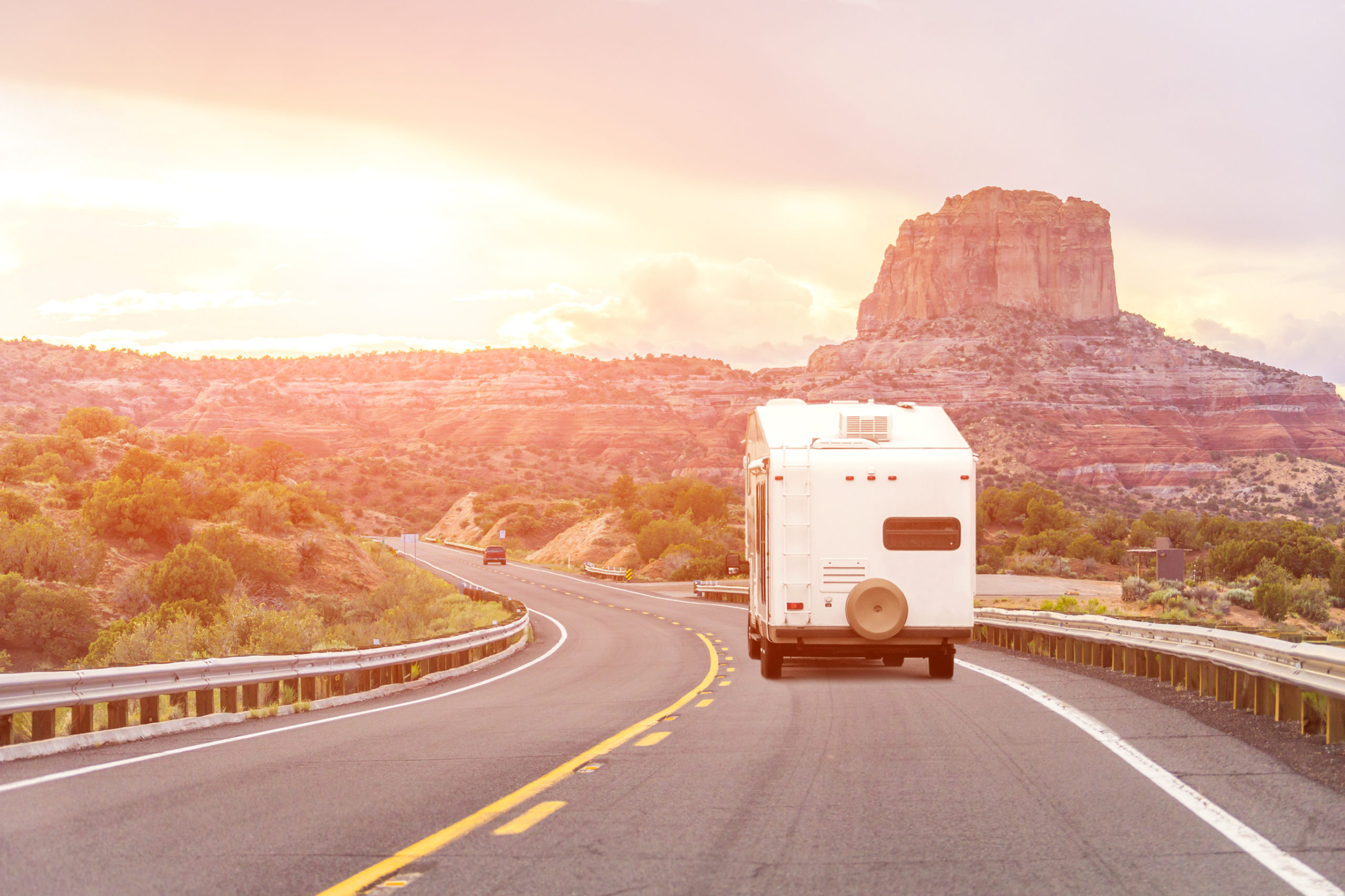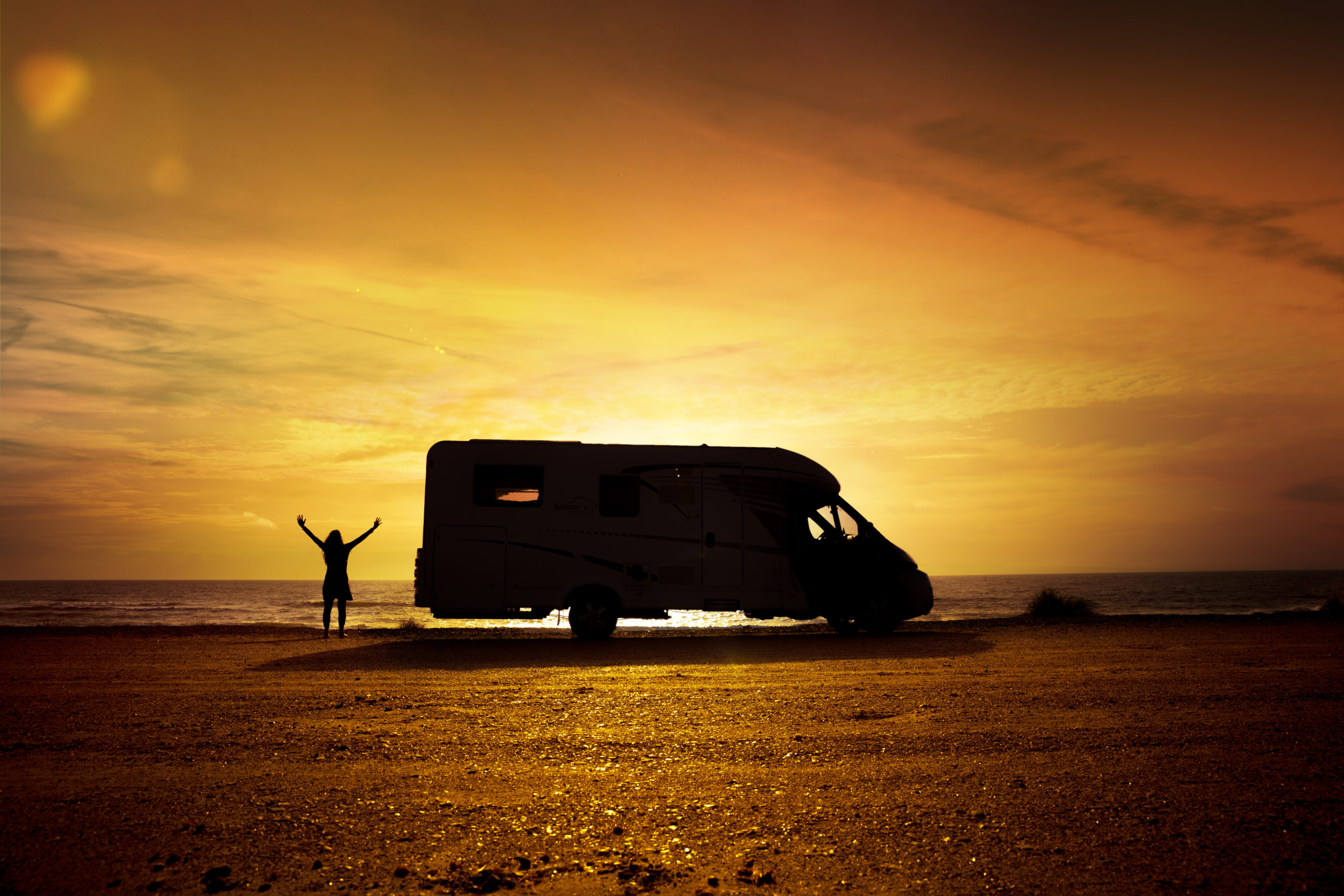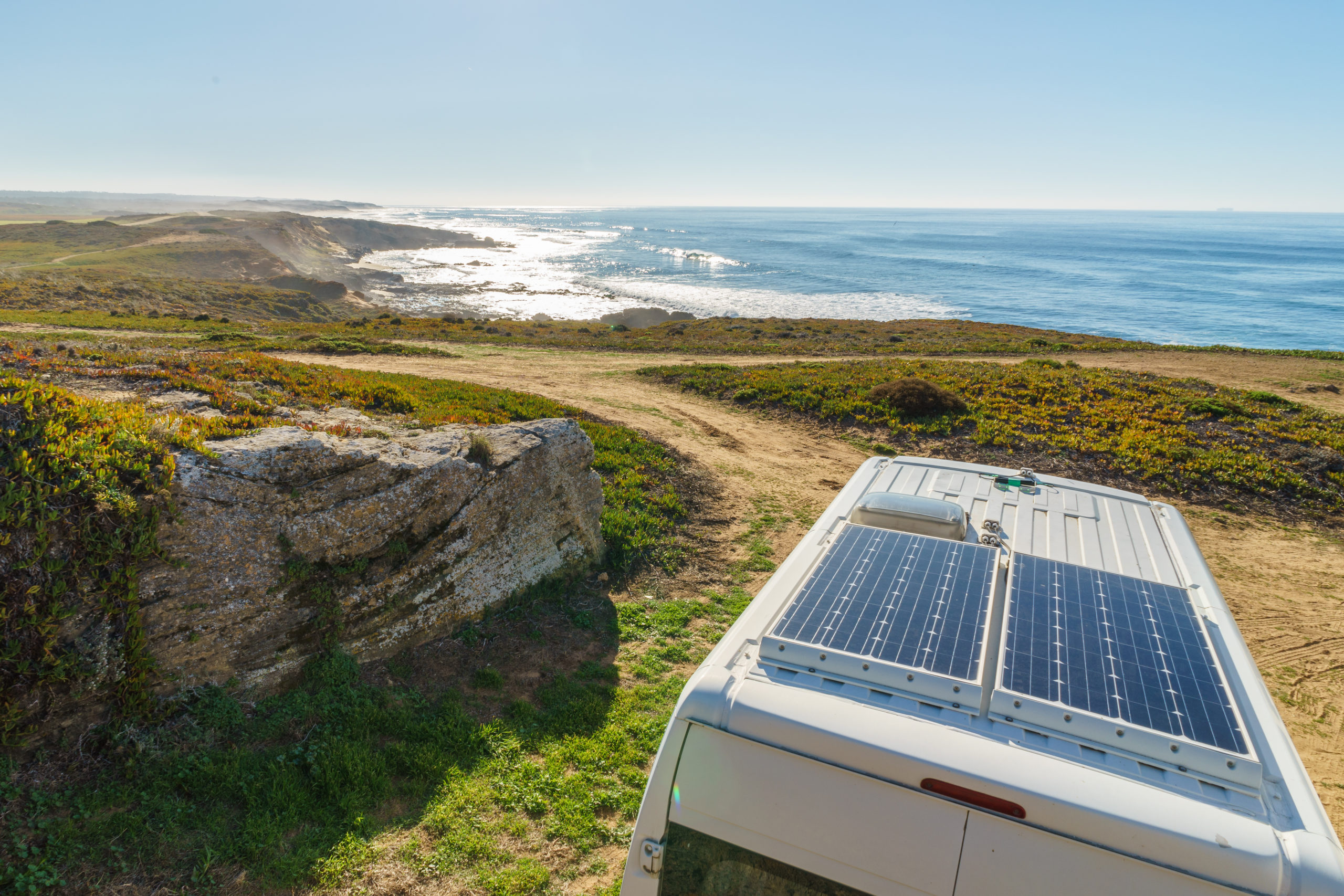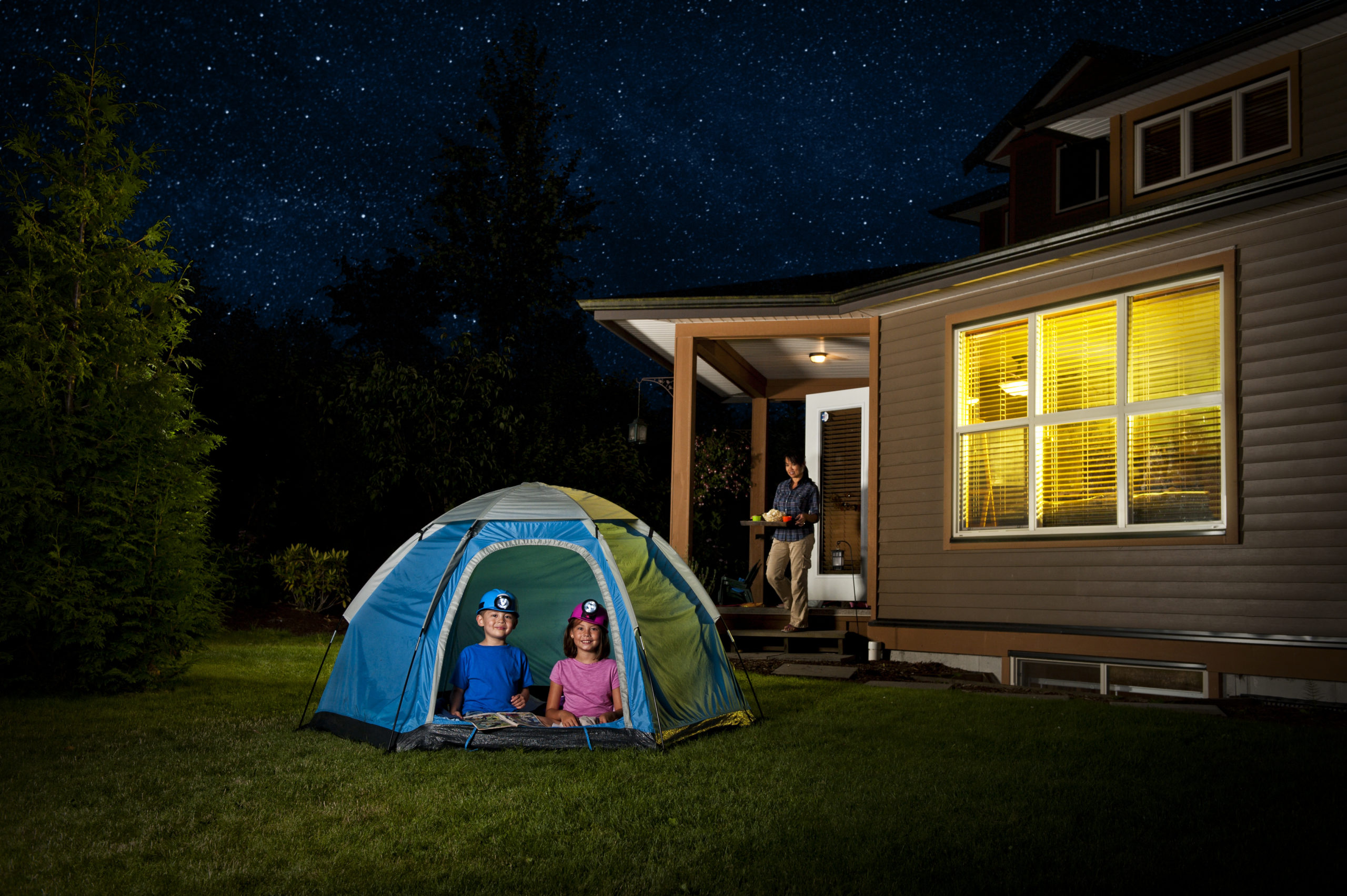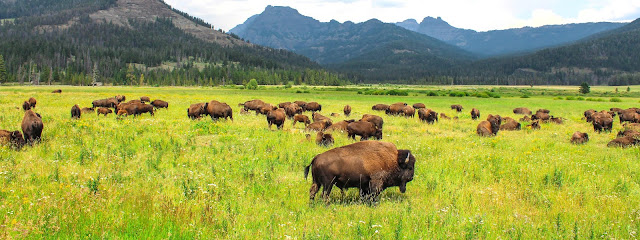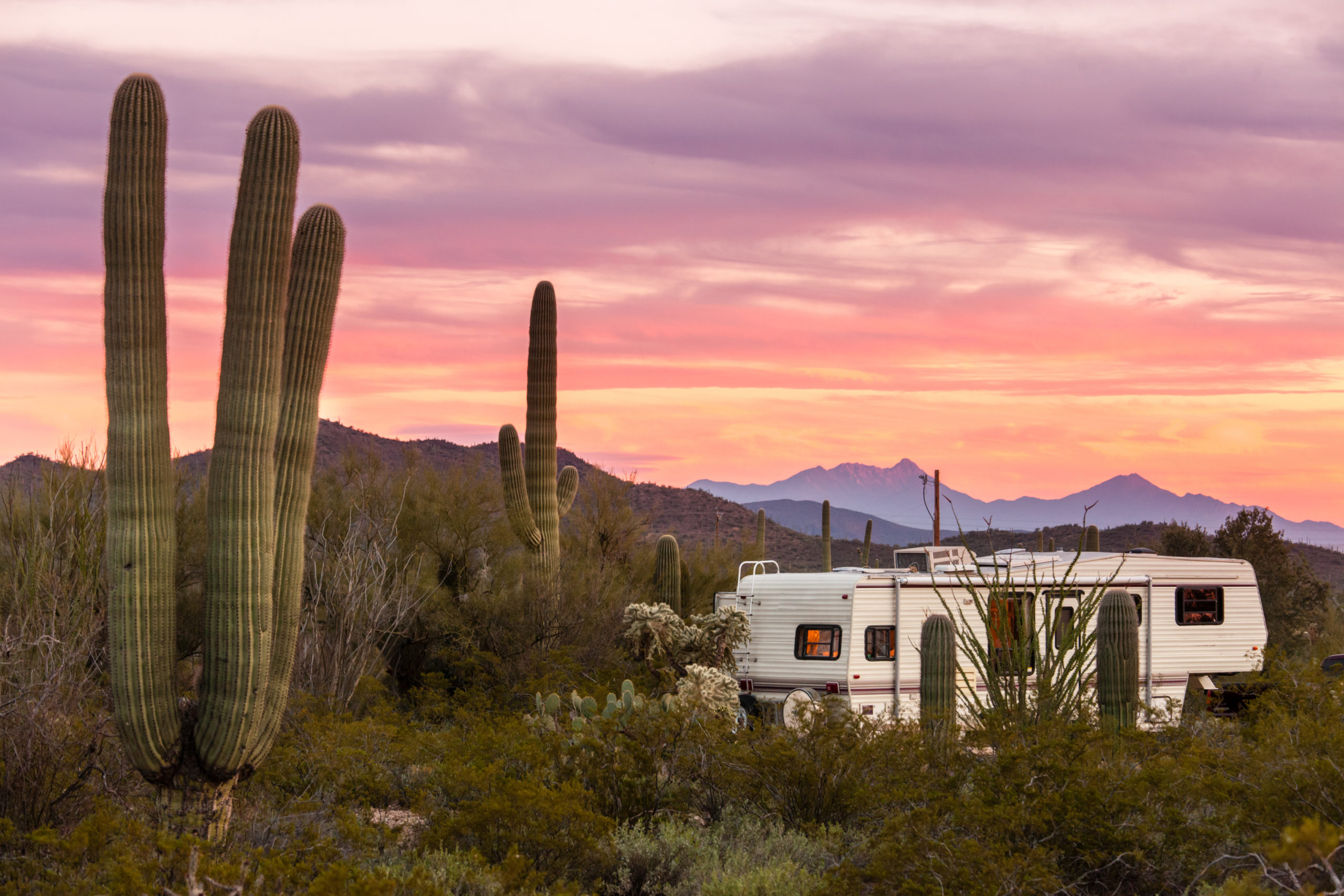For many RVers, boondocking is an enjoyable way to camp. Boondocking refers to free camping without the use of hookups and can be done in a wide variety of places, including public lands, parking lots, membership club locations, casinos, rest stops, and more. This style of camping is often more scenic, more private, more affordable, and, for some, more fun.However, those who are accustomed to camping with hookups to water, electric, and sewer may be unsure of how to dry camp. If you want to try boondocking but feel overwhelmed by the idea of dry camping, then you have come to the right place. Here, we have highlighted all the tried-and-true methods of camping without hookups, as well as, all the applicable tools that can make your experience smoother.
Water

In most campgrounds, RVers can expect to be connected to water hookups at all times. This means that water is continuously flowing into your RV and the user essentially has unlimited access to water when connected. When boondocking wherever your RV takes you, you forfeit access to continuous fresh water. You will have to exclusively live off of the potable water in your freshwater holding tank.
• Start by determining the size of your RV’s freshwater holding tank. The average American household uses 300 gallons of water daily, so learning to live off of a small holding tank is not always easy. In bigger rigs, the tank size is typically between sixty and ninety gallons, although some rigs are made with tanks up to 150 gallons in size. This information can typically be found in your owner’s manual or sometimes even near the fill-up port.
• After determining your tank size, the easiest thing to do is practice limiting water consumption. Start by using a trickle of water for washing your hands and brushing your teeth, and turn the faucet off in between lathering and rinsing. Do the same for dishwashing, and turn the water off in between use while showering. This will stretch your water-saving capabilities. Start small with shorter trips of two or three days, and work your way up to longer stints. The most experienced boondockers can often last up to fourteen days!
• The final hurdle for water usage while boondocking is filling your tank. If you are traveling from your home to your boondocking site, you can likely fill your tank before leaving your house. If you are traveling from a campground to a boondocking site, you can also fill before setting off. However, if you are traveling from one boondocking location to another, or simply do not want to travel with the weight of a full water tank, you will need to know where you can safely fill your tank. Keep in mind that you should only ever fill your freshwater holding tank with potable water. Even if you do not drink water from the faucets, you will still be using it to brush your teeth, wash your dishes, and in some cases, provide water for your pets.
Knowing where to fill up your tank is key. Many gas stations and travel centers have areas for tank filling. Some may charge a small fee, but most are free. If you cannot find a travel center at which to fill up, you can often find stations at national park and state park campgrounds. Even if you are just passing through, many of these locations will allow you to fill with park entrance or for a nominal fee. If none of these options are panning out, you can almost always call a local campground to fill your tank. These will almost always charge a small fee, but it will still be less than a night’s stay and will save you money for whatever length of time you plan to boondock. Freshwater is one of the biggest challenges while boondocking, so once you have mastered this, you will be a pro.
Power

The next biggest boondocking hurdle is supplying your own power. At a campground, your RV connects to shore power, which allows you to power your entire RV, charge devices, watch TV, run your air conditioners, etc. Without shore power access, you will need to learn to generate your own power. There are also a number of upgrades you can add to make boondocking much easier.
No matter what kind of set-up you choose to power your RV while boondocking, you will need to keep in mind the importance of energy conservation. None of these options will grant you an unlimited power supply, and keeping your usage low will be important. You will likely be unable to run air conditioners or high-energy kitchen appliances, but the right set-up will likely allow you to charge electrical devices, such phones and laptops, run your water pump for water usage, and turn on lights in the evening. Consider switching your lightbulbs to low-energy bulbs or installing additional DC lights for more lighting while off grid. Once you have come up with a plan for saving energy, it is time to decide which power option is best for you.
Start by assessing your current house batteries. These are the batteries that store energy to power the RV “house” (anything non-mechanical) when you are not plugged in. Some RVs come equipped with decent batteries that can store a lot of energy, but many RVs have only simple or weak batteries. If you plan to do plenty of boondocking, you may consider upgrading your batteries to gel, lead acid, or even lithium.
Once you know what type of batteries you are working with, you will want to determine how long these batteries can power your rig when not connected to power. This establishes how long you can go between charging the batteries. Some folks only boondock for one or two days at a time. If your batteries can hold their charge for a couple of days, and you only plan to boondock in short bursts, you may not need an additional source of power to charge your batteries.
If you plan to boondock frequently or for longer periods of time, you need to select a method for charging your house batteries when they are low. The two most common charging sources RVers use are a generator or solar power. Many motorhomes, especially class As, come equipped with an on-board generator, making boondocking quite simple right off the bat. However, in the case of many towables and smaller motorhomes, your RV may not come with a generator installed. Luckily, purchasing one and setting it up is fairly simple. There are many generators on the market, each with different abilities and specs. Most run on gasoline, and ones that are already installed in a motorhome are fed directly from the fuel that powers your RV. Be sure to do proper research before selecting one and setting it up to power your rig. Keep in mind that running the generator will charge your batteries and all the electrical sockets, but unless you have an inverter, only DC powered devices (such as lights) can be used when the generator is not running. It’s also important to remember that generators require regular maintenance, such as oil changes and spark plug replacements.
A generator is not the only option for charging your house batteries. A full solar panel set-up can also do the job. While solar may require a pricey up-front cost, it is a great long-term investment for those who plan to boondock and dry camp often. Solar kits can be purchased through a variety of online retailers, and these all come with different components and wattages. It’s important to do plenty of research to not only determine the correct wattage for your need, but to also ensure you’re getting the best quality items at a fair price. In addition, have your solar system installed by a professional to ensure everything is set up correctly.
Sewer

The final consideration for hookups (or lack thereof) while boondocking is your sewer system. Your sewer system consists of both your black and gray holding tanks. The black tank holds waste exclusively from your toilet. The gray tank holds waste water, which includes water from washing dishes, showers, washing your hands, brushing your teeth, etc. At full hookup campgrounds, campers typically run a hose to their sewer to empty their tanks as needed. When boondocking, this option for emptying tanks is not available. It is never okay to dump your waste tanks anywhere other than an official dumping station. For this reason, you will need to adhere to some tips and guidelines while boondocking.
First, you will need to determine the size of your gray and black tanks. Your gray tank will likely be a bit smaller than your freshwater tank, and your black tank will be smaller than both of them. Any tips for conserving freshwater usage can also be applied to saving gray water tank space. Water that is not used equates to additional space in your gray tank.
There really isn’t a method for conserving black tank space, and the amount of time it takes you to fill the black tank depends on how many people you are traveling with. Practicing boondocking will allow you to gain an idea of how long it takes you to fill your black tank, giving you insight into generally how long you can remain unplugged. You can also keep an eye on the levels of your tanks using the tank meter. It is often found in the control center and lets you know how full your tanks are at any given time. Once your black tank is full, you should not continue to use it, as this could lead to waste water backing up into your sinks and shower if it has nowhere else to go.
Finally, as mentioned, you will need to determine where to empty your tanks after boondocking. If you are headed to a campground, you can easily empty your tanks there. However, if you are headed home or towards another boondocking location, you will need to dump your tanks before you arrive. Just like with water refilling stations, there are many travel centers and gas stations that have dump stations for RVers. There is almost always a small charge to use these, and you must come equipped with your own sewer hose. If you cannot find a travel center with a dump station, you can use one at a private, state park, or national park campground. Be sure to call ahead and double-check they will allow you to use their dump station, and plan to pay a small fee for the service. If you are still having trouble finding a dump station, consider using the Sanidumps app. It allows users to locate dump stations in their general vicinity or along a specific route.
Boondocking is an excellent way to camp in your RV, and knowing how to dry camp is key for anyone wanting to boondock. Follow these basic tips if you plan to forgo hookups. Stay tuned for our next boondocking guide, which will teach you how to obtain internet, dispose of trash, and do laundry when you are not at a campground.
Do you enjoy boondocking? How do you handle water, sewer, and electricity when you are off grid? Feel free to share in the comments below!

